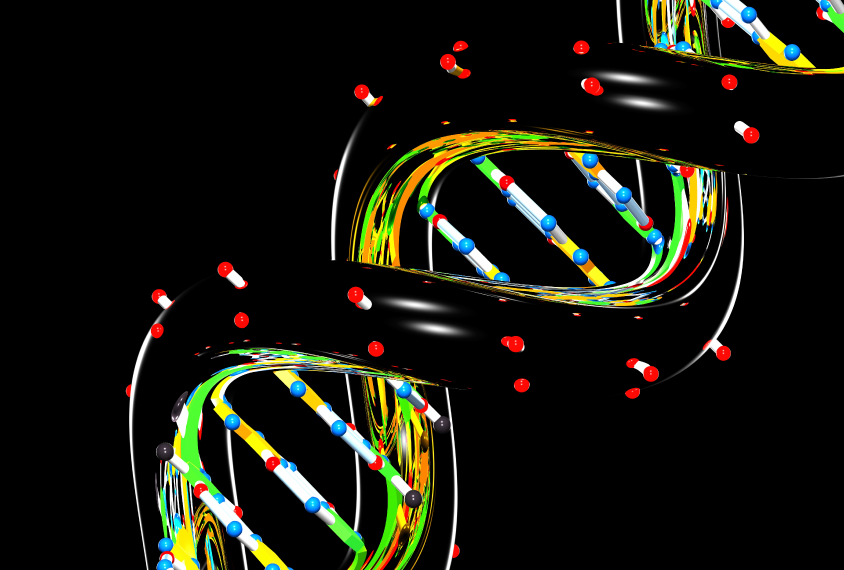
Genes, immune exposure collude to up autism risk
The interplay between a mouse’s immune system and certain mutations in her pups may increase autism-like features in the pups.
The interplay between a mouse’s immune system and certain mutations in her pups may increase autism-like features in the pups. That’s the upshot from several studies presented this week at the 2016 Society for Neuroscience annual meeting in San Diego.
Specifically, some teams are exploring the role of genes such as GABRB3 and CNTNAP2, which have been implicated in autism, in exacerbating environmental risk for the condition.
Bacterial or viral infections, autoimmune conditions, allergies and asthma can all trigger immune activity in a pregnant woman. A mother’s strong immune response is considered among the best established environmental risk factors for autism.
However, illness and allergies during pregnancy are common, yet the majority of children born to the affected women do not have autism. This suggests that there are other factors at play in increasing autism risk.
“The main hypothesis is that some genetic susceptibility may synergize with prenatal infection,” says Hyang Mi Moon, a postdoctoral researcher in Theo Palmer’s lab at Stanford University in California, who presented one of the new studies.
Moon and her colleagues used a bacterial molecule called lipopolysaccharide (LPS) to mimic a mild infection in pregnant mice. Half of each mouse’s pups lack one copy of GABRB3; the other half have two copies.
GABRB3 encodes part of a receptor for gamma-aminobutyric acid (GABA), a molecule that both transmits electrical impulses between nerve cells and is involved in immune signaling. This dual role makes GABRB3 a promising place to look for links between the immune and nervous systems.
Perturbed placenta:
Pups that lack a copy of GABRB3 and were exposed to LPS in the womb show damage to the placenta, the researchers found. Neither pups with only the missing copy of GABRB3 but no LPS exposure, nor those exposed to LPS but with two copies of GABRB3, show this damage.
The brains of pups with both risk factors also show a decrease in the proliferation of neural stem cells compared with pups that have either of the risk factors alone.
The dual-risk mice also spend less time socializing with other mice than mice with the genetic defect alone. They also have problems with learning and memory.
Maternal infection also appears to modify the effects of other genes linked to autism, including CNTNAP2.
In one study, researchers exposed fetal mice lacking both copies of CNTNAP2 to poly I:C, a molecule that mimics viral infection.
Mice lacking CNTNAP2 typically have mild autism-like features, says Danielle Coelho, a graduate student in Jason O’Connor’s lab at the University of Texas at San Antonio, who presented the work. “We used it so we would have room for environmental factors to have an effect,” she says.
The mock infection diminishes sociability in female CNTNAP2 mutants. However, female controls exposed to the infection play longer with another mouse than do than unexposed female controls.
Similarly, male mice with both risk factors bury more marbles in their cages than do mice lacking CNTNAP2 that are not exposed to mock infection.
But this may be because mice lacking CNTNAP2 show an abnormally low level of marble burying compared with controls.
“It’s never as simple as we hope it will be,” Coelho says. In a way, she says, the complexity reflects autism’s heterogeneity. “That would explain why you have such a diversity of phenotype.”
For more reports from the 2016 Society for Neuroscience annual meeting, please click here.
Recommended reading

New organoid atlas unveils four neurodevelopmental signatures
Explore more from The Transmitter
Snoozing dragons stir up ancient evidence of sleep’s dual nature

The Transmitter’s most-read neuroscience book excerpts of 2025


